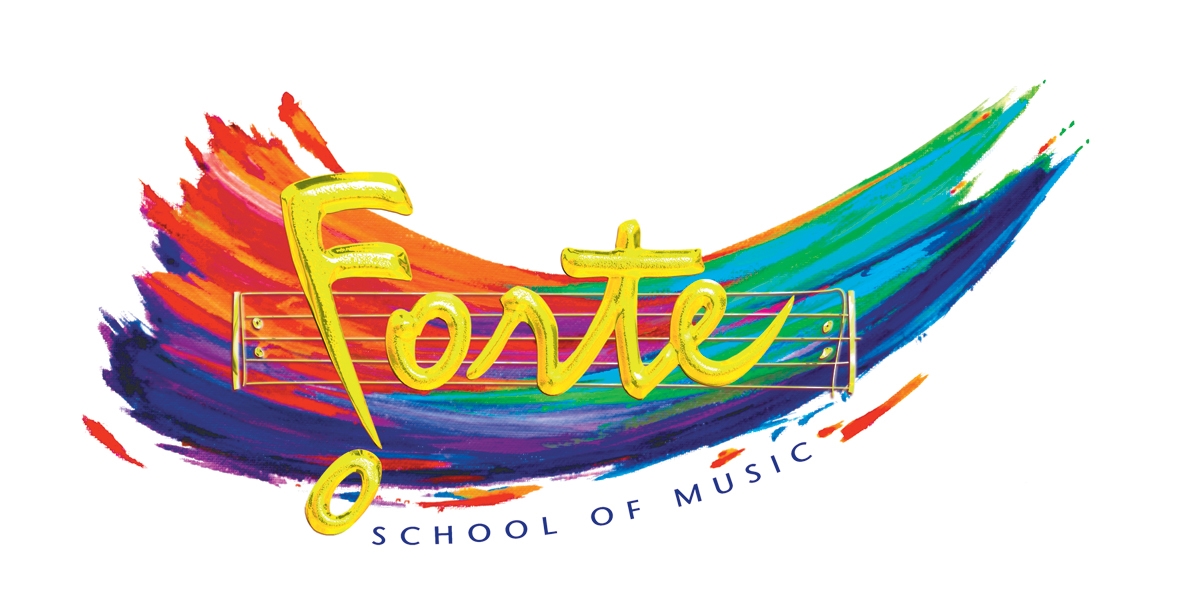Our Music Program for Home Schooling Families
What do our Home School Music Programs achieve?
We follow the Western Australian Arts (Music) Curriculum defined by the School Curriculum and Standards Authority. Below is a summary of what our music program delivers, and is aligned with the Scope and Sequence of the School Curriculum and Standards Authority.
In the Early Childhood years and early Primary years, our programs develop aural skills by exploring the elements of music, including:
- Rhythm (sound, silence; long, short; steady beat)
- Tempo (fast, slow)
- Pitch (high, low; pitch direction; distinguish between speaking and singing voice)
- Dynamics (loud, soft)
- Form (same, different; echo patterns)
- Timbre (exploration of sounds produced on percussion instruments) to create music
As your child progresses through the Primary-school age and into Secondary-school age we teach:
- Improvisation and practise of music (singing, playing, moving)
- Improvisation with sounds, simple pitch and rhythm patterns to create music ideas
- Use of symbols, notation, movement and relevant technology to explore and communicate music ideas
- Development of performance skills (singing, songs and rhymes, and playing classroom instruments in tune and in time)
- Development and consolidation of aural skills by exploring:
- Rhythm (difference between beat and rhythm; terminology and notation)
- Tempo (getting faster, getting slower)
- Pitch (explore a limited pitch set)
- Dynamics (use terminology and symbols for loud (forte, f) and soft (piano, p))
- Form (echo patterns, call and response)
- Timbre (recognition of familiar sounds produced by instruments, voice and sound sources) to create music
- Sharing the arts through performances, presentation or display for an audience
- Responding to and Interpreting the Arts
- Exploring Ideas and improvising with ways to represent ideas
As your child progresses through Secondary-school age we focus on:
- Development of aural skills, aural memory and inner hearing to identify, sing/playback and notate rhythmic passages, melodic patterns based on familiar scale and intervals, and simple chord progressions.
- Aural identification of the elements of music in isolation and combination in a range of music excerpts (not all content may be relevant to the selected context):
- Rhythm (Beat groupings/subdivision in simple and time; Rests; Swung rhythms; and Tempo: andante, allegretto, vivace)
- Pitch (Scales; Intervals; Chords; Tonality; Riff/Ostinato
- Dynamics and Expression (Dynamic gradations and articulations to create contrast and alter timbre)
- Form and structure( Use of theme; Add minuet and trio, sonata form)
- Timbre (Instruments and voice types, group ensembles, method of sounds production, mutes, pedals and distortion.
- Texture (Polyphonic/multi-voice
- Composing and Arranging
- Practical and Performing Skills
Read more on our Homeschooling Music program

